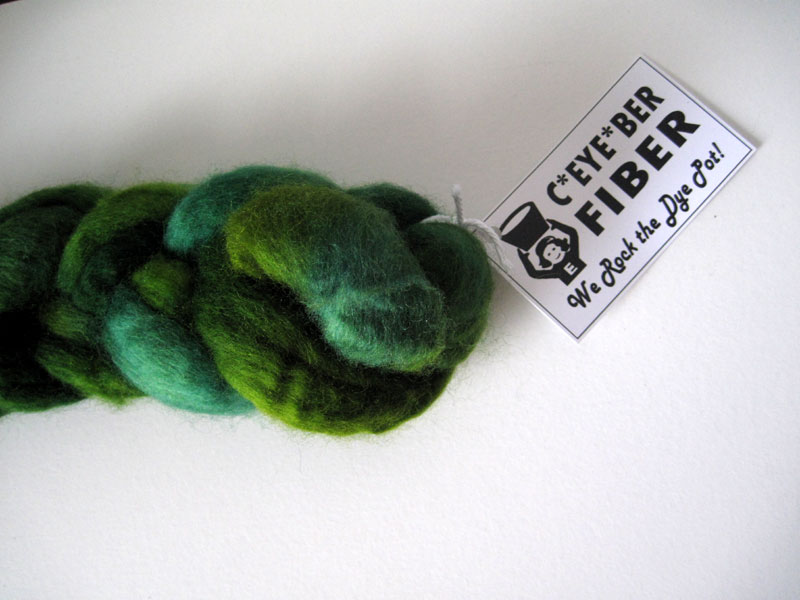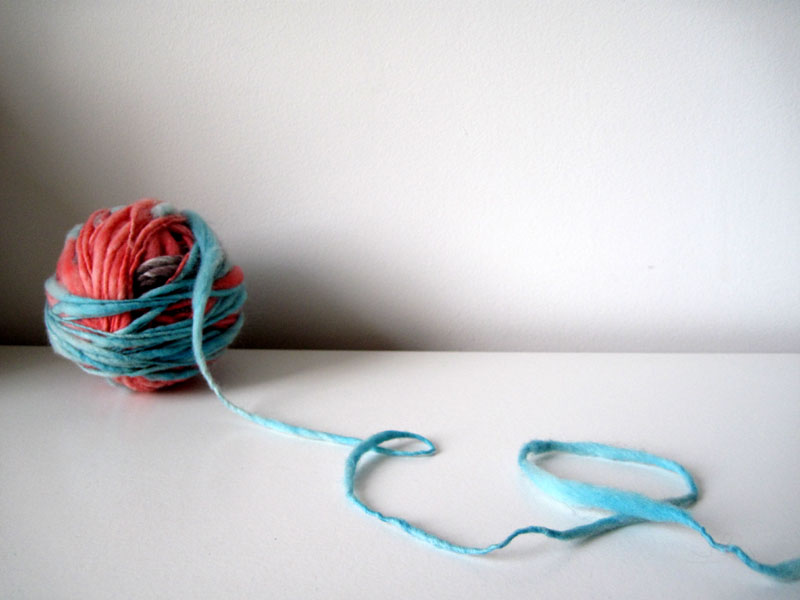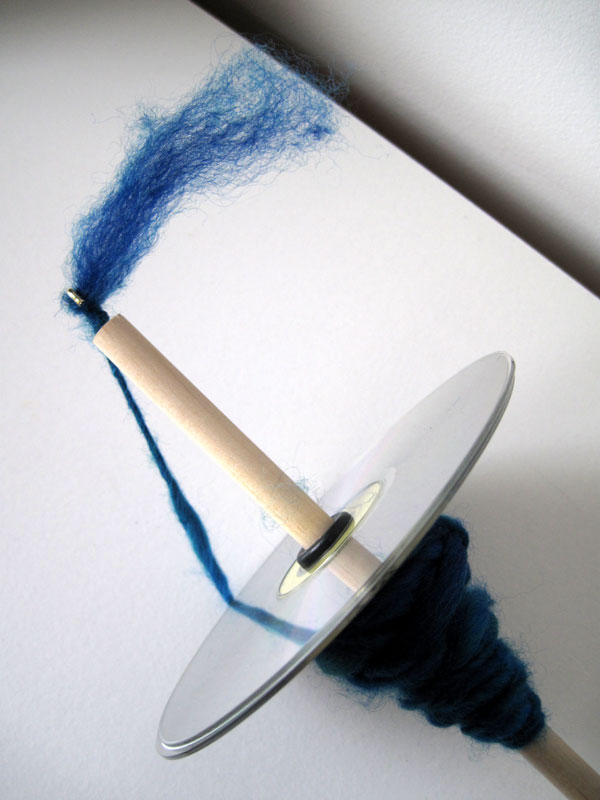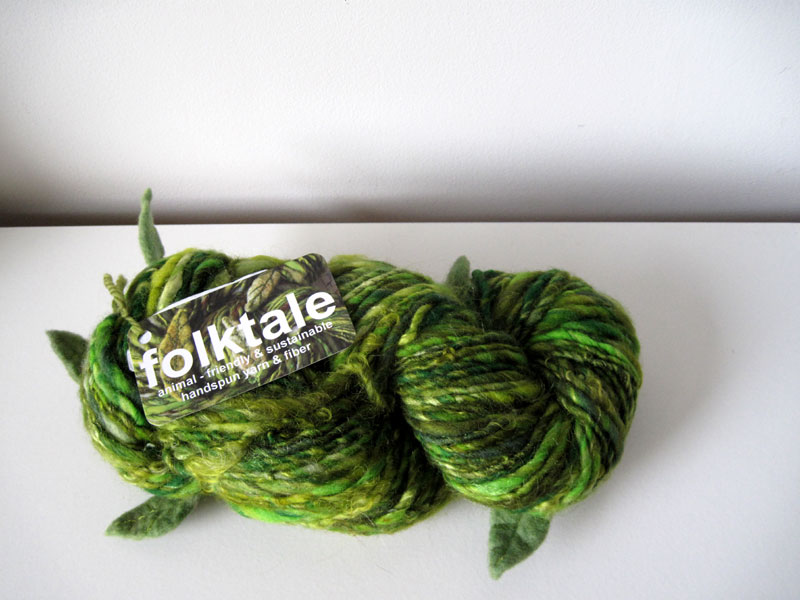
at first, spinning yarn may seem like an esoteric art. even as a knitter and crocheter, i can't say that i gravitated towards learning how to spin. it seemed very hippie-earth-mother to me. over the years i have become more interested in learning the fundamentals of the most basic materials. this is similar to a baker wanting to grind his/her own grain. to truly understand a material you must go back to the source. since i probably cannot get away with raising my own sheep on my patio in the middle of washington dc (don't think i haven't thought about it), the closest that i can get to the basics of fiber arts is spinning yarn.
recently i took a drop spindle class with a friend at my local yarn store. i wanted to share with you a few things i learned...
first, spinning yarn is harder than it looks.
it is easy to learn because it is a simple concept- spinning animals fibers to add strength to it, but is by no means easy to make perfect yarn. roving, or any fiber drawn out to prepare for spinning, is easy to pull apart, like a cotton ball. amazingly, when you add a little twist to it, it gives it strength. the softer (and usually more expensive) the roving, the shorter the fiber the strands. short fiber strands break easily and are damn hard for a beginner to spin. so no merino, silk, or cashmere for me. boo hoo.

roving from solitude yarns

roving from c.eye.ber.fiber
second, spinning teaches you an awful lot about plants and animals.
where the fibers come from is integral to how it spins. so spinners are usually very knowledgeable about sheep breeds and the origins of fibers. BFL is a favorite. BFL is bluefaced leicester, a sheep breed known for soft but easy to spin fiber.
third, spinning is old.
yarn was first made by rolling fibers between ones fingers and then wrapping it around a stick- that was the first spinning. drop spindles have been around not hundreds, but thousands of years. there are spindle whorls made from wood, bone, clay, glass, and just about anything. there are whorls from Roman ruins that date to circa 200 ad, as well as whorls found in Teotihuacan Valley in Mexico that date to 200-800 ad. all fabric prior to the 1500s was made using some kind of drop spindle.

fourth, you can spin anything.
i mean anything. spinning artists have spun everything and anything you can think of- from recycled newspaper to old cassette tape.

photo from greenupgrader.com
fifth, spinning is green.
it requires very little. you don't even need to go out and buy an expensive artisan spindle (although it's awfully tempting)- you can even make your own spindle out of a dowel and an old CD (see directions here).

you can use any fiber that's available to you. try something local, i bought some roving at the farmers market from my local farm, solitude yarns, or you can use recycled fiber, like newspaper or old cloth torn into strips (see here). i suggest that you start with some local roving and then move onto any fiber that strikes your fancy. it's a great thing to teach kids. it is easy and it teaches them to appreciate the work that goes into the clothes they wear.

yarn from folktale yarns
in a society where clothes are often temporary- purchased when fashionable and discarded shortly after, spinning reminds you of the history, evolution, and value of a single strand of fiber.


10 comments:
as a knitter, i can say that spinning seems like a good idea... more yarn!!
i really want to learn, but i just have never gotten around to it, i think i will put it on my goal list.
newspaper yarn???!!! sounds fun! i will have to look it up!
thank you!!
bugheart, i love it! (and i recognize the pinky turquoise. :-)) so much info and lovely photos. that first looks like cotton candy. yum.
awesome post!
Congratulations on learning to spin!
I recommend you read this article: http://spinoffmagazine.com/media/p/94.aspx
And don't knock the "expensive artisan spindles"- try one! Having a quality tool for the job makes an incredible difference. (Bosworth spindles are my favorite.)
Adrienne-
thanks for the link.
i didn't mean
to knock artisan spindles
(i want one)
but rather to suggest
cheaper alternatives
for the beginner
who isn't sure
they want to spin.
i was given a giant bag of raw alpaca fleece and i can't wait to learn how to spin it into yarn!
Very cool post, Gwennie. I enjoyed the nerdy bits about the history and mechanics of spinning. I had no idea it could be so difficult--if you, of all crafty and talented people, find it challenging, then it must be hard. So thanks for the tips on how to make this more accessible/realistic for the rest of us non-crafty types.
And maybe if you ask Grub over and over and over, he'll give in and let you have at least one sheep.
i'm so impressed!!!! i wonder if there's any bug matter you can spin???
I have a drop spindle- and had someone try and teach me to spin- but I couldn't get the tension right. She would drop and spin this beautiful yarn and I would drop, rip the wool and end up with a clump of torn wool. After a few sessions I put it away in frustration.
This is making me think I should pick up spinning again.
Cheers!
Oh I so want to try spinning newspaper!
It's been in my 'Master List' for ages...XXxx
I find it fascinating how spinning connects us with both ancient history and sustainable practices.
Post a Comment